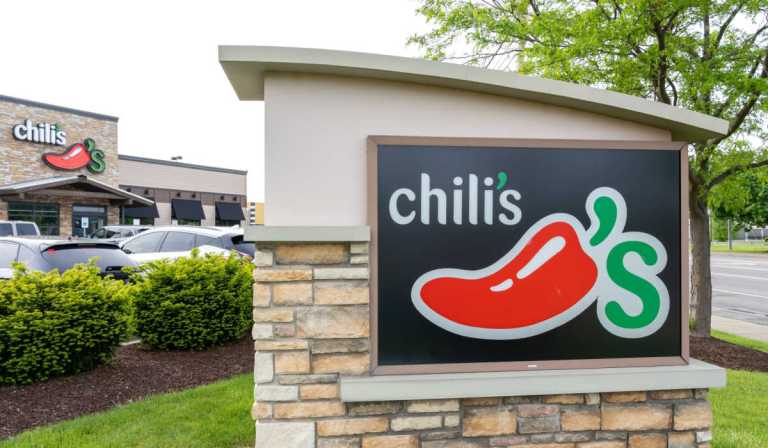
As food prices rise, consumers are proving still willing to spend their money on meaningful dining experiences, but restaurants are finding that they have work harder to make the occasion worth their while.
As George Felix, chief marketing officer at casual dining giant Chili’s Grill & Bar, which has more than 1,600 restaurants across 29 countries, told PYMNTS that consistent execution is increasingly important as consumers grow more careful about how they spend their money.
“In a macro[economic] environment like this, we need to be focused on delivering a consistently awesome experience to our guests, so they are confident that Chili’s is worth the money and the trip,” he said.
Indeed, PYMNTS data suggest that consumers are becoming more selective about their restaurant dining. Research from PYMNTS’ study “Consumer Inflation Sentiment: Inflation Slowly Ebbs, but Consumer Outlook Remains Gloomy,” which drew from an August survey of 2,169 consumers, revealed that 78% of restaurant customers say they are eating at home more often to save money.
Learn more: New Survey Shows Consumers Less Optimistic Than Fed on Taming Inflation
Yet consumers are actually spending more at restaurants overall. Census Bureau data released Thursday (Sept. 15) reveals that restaurant and bar spending rose 11% last month to $86.1 billion, up from $77.7 billion a year earlier. Meanwhile, Bureau of Labor Statistics (BLS) data reported Tuesday (Sept. 13) show that restaurant prices rose just 8% in the same period.
See also: Restaurants Grab Consumer Spend as Grocery Prices Spike
Additionally, the Consumer Inflation Sentiment study found that 38% of diners are opting for lower-priced restaurants. Meanwhile, only 14% of restaurant customers report that inflation has not affected their dining habits at all. But Chili’s has found that when consumers feel connected to the and the whole restaurant experience, they are likely to keep coming back despite price concerns.
“In the face of inflation, it’s not always about picking the lowest priced option,” Felix said.
Customers’ cravings are still a top motivator, he said — and they’re willing to pay more for familiar favorites. Certainly, the data bear out that diners are continuing to spend on restaurants, even increasing their spending, suggesting that demand for meaningful food experiences is resilient.
Additionally, it is not only well-known menu items, but also well-known restaurant brands themselves that sway consumers as they grow more thoughtful about their food spending.
Research from PYMNTS’ March/April study, The Digital Divide: Regional Variations In US Food Ordering Trends And Digital Adoption, which draws form a survey of more than 2,500 consumers, finds that 60% of consumers are motivated by the taste of the food, and 49% by familiarity with the restaurant’s name.
Read more: New Research Shows That Regional Dining Quirks Matter In Tailoring Restaurant Offers
On the other hand, in recent months, Chili’s has also been launching multiple deals to attempt to woo customers who may be more price-motivated, such as its “3 for Me” value menu launched in June and, more recently, its happy hour, announced last week (Sept. 6), offering discounted drinks during football games. The happy hour launch came alongside the debut of a new bar menu. With this initiative, the brand hopes to drive revenue by boosting bar sales.
“My hope is, [in a year] we’d be talking about the bar menu and happy hour launch being a catalyst to drive more guests back to the Chili’s bar,” Felix said.